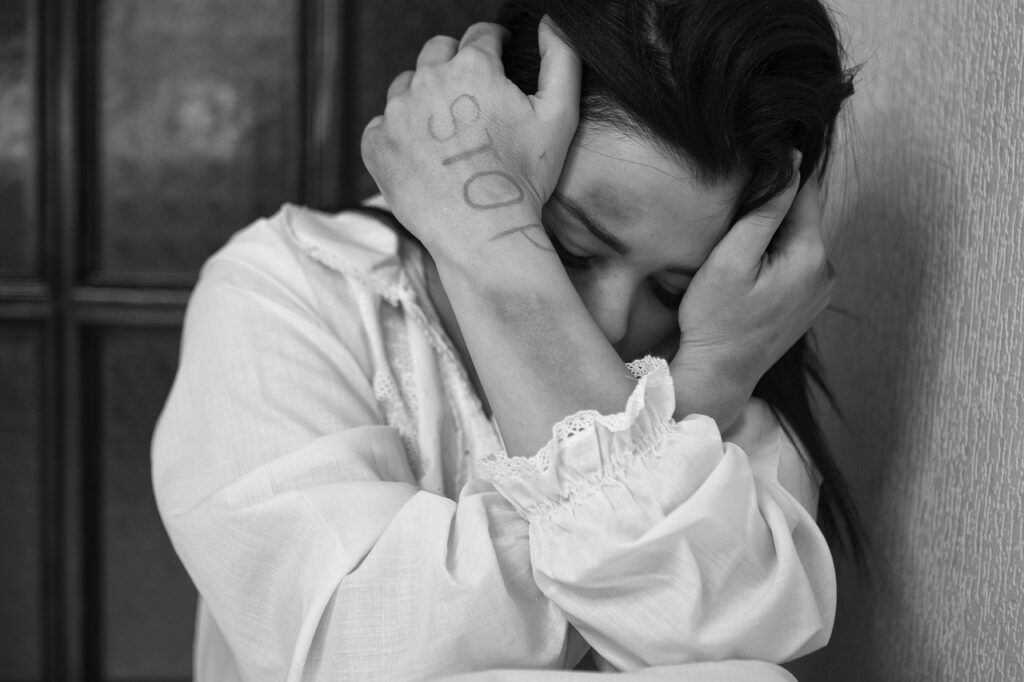February: Love and Teen Domestic Violence Awareness Month
During the month of February it’s nearly impossible to ignore the onslaught of reminders about St. Valentine and Cupid’s pesky little arrows. Whether you view it as an obligatory Hallmark holiday, or find yourself blissfully knee-deep in red and pink chocolate boxes and sappy Rom-Coms, February is still widely associated with one thing: love. What most fail to realize is that the month of love also strives to recognize the unhealthy misconceptions of love that too many young people encounter every day. February is Teen Domestic Violence Awareness Month (TDVAM), and rightfully so as love, in it’s many forms, is the center of attention for 28 (or 29) days.
Many readers may be surprised to hear that there is actually a movement bringing awareness to domestic violence in our adolescent population. Adults often wrongly assume that young people don’t encounter a depth of romantic involvement capable of manifesting violence. In fact, according to loveisrespect.org, a website geared toward spreading teen domestic violence awareness, “eighty-one percent of parents believe teen dating violence is not an issue.”(i) Adolescents, in reality, easily chase and fall for love, and many also fall victim to the unforeseen and sometimes inescapable circumstances of abuse. But why is this? Why is it that 1.5 million high school students report experiencing physical abuse from their partners every year?(ii)

A root problem here is that perhaps we, as a culture, don’t know what constitutes abuse and domestic violence. So let’s get clear on that. Abuse, by definition, is the improper usage or treatment of something or someone, usually in an effort to gain a particular advantage. The CDC recently found that “1 in 10 teens reported being hit or physically hurt on purpose by a boyfriend or girlfriend within a 12 month period,” and that during the same time, “1 in 10 teens reported they had been kissed, touched, or physically forced to have sexual intercourse when they did not want to at least once by someone they were dating.”(iii) These striking statistics bring to life the reality faced by many teens. Further, it’s important to note that domestic violence is not just physical battery or sexual harassment of a partner and that it includes many forms of maltreatment. The National Resource Center on Domestic Violence defines teen domestic violence as, “a pattern of abuse or threat of abuse against teenaged dating partners, occurring in different forms, including verbal, emotional, physical, sexual and digital.”(iv)
The difficulty in recognizing abuse becomes greater when it’s not blatantly violent or obvious, as often is the case. In an age where teasing and youth-bullying has become common and frighteningly acceptable, many young people (and adults alike) don’t realize that being made to feel bad about the way one dresses or the things one likes by ones partner (for example), constitutes an abusive dynamic, where one person is taking advantage over another’s emotions. Viewing this behavior as acceptable, or even “playful,” can set the stage for patterns of unrecognized oppression that has the potential of intensifying to dangerous levels of both psychological and physical impact.

Steadily, the promise of something good and exciting can become manipulative and unhealthy, often without the realization of either party involved. Perhaps the real issue – the reason we have an entire month dedicated to raising awareness of this – is that teens simply don’t know how to engage in healthy relationships. These aren’t bad kids; they just haven’t had a proper model to follow. We can gain a certain amount of clarity and insight for why love’s gone awry if we take a glimpse at today’s media and pop culture. Our self-esteem is shaped from the moment we gain comprehension of the world around us and we unfortunately find ourselves relentlessly fighting an uphill battle against constant exposure to sexually charged images of both women and men with definitions of what it means to be desirable. Films, television shows, and video games make clear the association between power and violence. Media turns its attention and gives accolades toward less-than-role-model-behavior from today’s top celebrities (cough…Kim…cough…Chris…), while a huge proportion of our population is silently suffering under the weight of an abusive partner. And yet we expect these “lost boys and girls” to grow up and do a better job leading the next generation. The disconnect between our adults, our teens, and our social media is leading to a lack of guidance and role-modeling about what love is, what it’s not, and how to recognize abuse when it happens

It’s almost certainly coincidental that love awareness gets the shortest month of the year, but this is clearly symbolic of the bigger problem – we don’t spend enough time on love, or rather, on how to love in healthy ways. Fortunately, there are organizations, like loveisrespect.org, Futures Without Violence, and Break the Cycle, who understand the importance of this issue and make it their mission to spread understanding and awareness. But the need is greater than what they can do alone. Can we, as one people, change the reality for today’s teens, and by proxy those of tomorrow? I think we can. We need only to learn how to love – love our families, our friends, our partners, and most especially, we need to learn how to love ourselves so that we may better understand what it means to give and receive respect.
February isn’t about celebrating love for just one day or even one month. It serves as a reminder for how we ought to care for others all year long. Whether you follow the traditions of the holiday, or prefer to do things your own way, celebrate love this month and in those to come. Love the teens in your life and help them to know what real love is. Lets be aware of the very real struggles they face, and see if we can’t help them find their way out of violent situations and into the arms of something greater. Love is infectious, so go out and love someone.

References:
i. National domestic violence hotline, & Break the cylce. (2013). Dating Abuse Statistics – www.loveisrespect.org. Retrieved from http://www.loveisrespect.org/resources/dating-violence-statistics/
ii. National domestic violence hotline, & Break the cylce. (2013). Dating Abuse Statistics – www.loveisrespect.org. Retrieved from http://www.loveisrespect.org/resources/dating-violence-statistics/
iii. CDC. (2016). Teen Dating Violence. Retrieved from http://www.cdc.gov/features/datingviolence/
iv. National resource center for domestic violence (2012). Teen dating violence awareness month. Retrieved from http://www.nrcdv.org/dvam/tdvam

